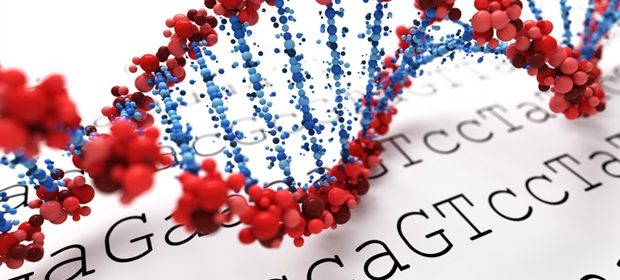Porphyria cutanea tarda genetics

Porphyria cutanea tarda (PCT) is a group of disorders which are characterized by a deficiency in enzymatic action of uroporphyrinogen decarboxylase (UROD).
This enzyme is the fifth in the heme biosynthetic pathway thus PCT is associated with a problem in synthesizing heme. The simultaneous accumulation of porphyrins and porphyrin precursors of heme may then cause illness.
Symptoms of PCT manifest as cutaneous abnormalities such as dermal weakness with pigmentation, erosions, blister formation, early skin aging, and hypertrichosis.
PCT can be categorized as sporadic/acquired (type 1) or familial (type 2). Of these, the acquired form known as sporadic PCT is far more common – in fact, as many as approximately 80% of PCT cases are classed as sporadic. These sporadic cases generally begin in mid-adult life following exposure to particular chemicals now known to increase the production of heme precursors (porphyrins) in the liver. These factors which trigger the acquired disorder include the following:
In the familial form of PCT, individuals present with an abnormality in a specific gene i.e. uroporphyrinogen decarboxylase (UROD) for which the encoding gene has been mapped to chromosome 1p34. Mutations in this gene are what discriminate familial PCT from sporadic cases.
In actual fact, mutations in this UROD gene are known to be responsible for two forms of porphyria – PCT and hepatoerythropoietic porphyria. The former is the most common porphyria and is generally characterized by milder symptoms than the latter.
The risk of developing PCT is increased due to the mutation of one copy of the UROD gene in each cell. On the other hand, if the mutation is in both copies of the UROD gene in each cell then the result would be hepatoerythropoietic porphyria.
The genetic PCT foundation is heterogeneous with more than 50 UROD gene mutations have been associated with PCT. These mutations reduce the movement of uroporphyrinogen decarboxylase by approximately 50% throughout the body. As a result, hemoglobin precursors (porphyrins) build up to toxic levels in organs and tissues, starting in the liver. When combined with environmental (non-genetic) factors such as alcohol use, smoking, certain hormones, excess iron, and hepatitis C or HIV infections, an individual becomes severely predisposed to the familial form of PCT.
Interestingly, whilst this genetic (autosomal dominant) deficiency of UROD contributes to development of the disorder, the majority of people with the inherited enzyme deficiency remain latent and never experience or exhibit symptoms.
Furthering the genetic aspect of PCT, modifications in the hemochromatosis gene may be involved in the aetiology – some patient populations with PCT carry the hemochromatosis-related HFE mutation, C282Y, in either heterozygous or homozygous form. It has even become possible that the occurrence of PCT can be an important cutaneous marker for patients with mutations of the HFE gene.
Thus, it seems reasonable to consider the analysis of the HFE gene in those with PCT as a potential aid inthe early diagnosis of hereditary hemochromatosis.
This might not be a surprise as there is already an established association between iron overload due to HFE mutations and PCT such that it is a known triggering factor of PCT independent of other triggering factors.
References
- https://ghr.nlm.nih.gov/gene/UROD#synonyms
- http://asheducationbook.hematologylibrary.org/content/2012/1/19.full.pdf+html
- http://www.porphyria-patients.uct.ac.za/ppa/types/cutaneatarda
- http://www.ncbi.nlm.nih.gov/pubmed/15280838
- Familial and Sporadic Porphyria CutaneaTarda: Clinical, Biochemical and Genetic Features with Emphasis on Iron Status – 2003 Taylor & Francis. ISSN 0001-5555
- http://www.ncbi.nlm.nih.gov/pubmed/11427792
- https://ghr.nlm.nih.gov/condition/porphyria
Further Reading
- All Porphyria cutanea tarda Content
- Porphyria cutanea tarda (PCT)
- Porphyria cutanea tarda diagnosis
- Treatment of Porphyria cutanea tarda
Last Updated: Feb 27, 2019

Written by
Afsaneh Khetrapal
Afsaneh graduated from Warwick University with a First class honours degree in Biomedical science. During her time here her love for neuroscience and scientific journalism only grew and have now steered her into a career with the journal, Scientific Reports under Springer Nature. Of course, she isn’t always immersed in all things science and literary; her free time involves a lot of oil painting and beach-side walks too.
Source: Read Full Article